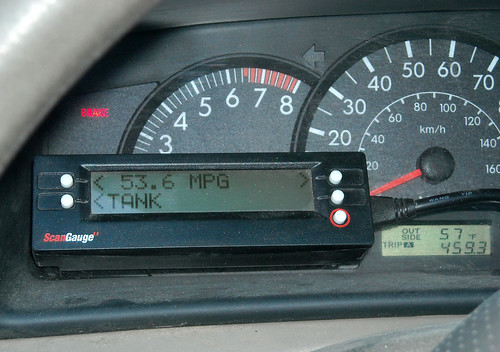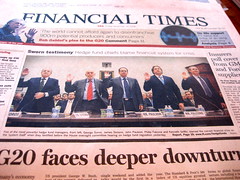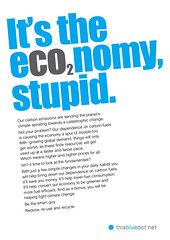California And Detroit Go To War Over Gas Mileage
(Source: Time)
For more than three decades Detroit’s Big Three and their allies have successfully blocked or limited changes to the nation’s fuel economy rules. However, with General Motors and Chrysler LLC facing bankruptcy, the carmakers are making what could be one last stand, and this one they may well lose.
Currently fuel economy standards are set by the Environmental Protection Agency. But President Obama, moving to fulfill one of his campaign promises to the state of California, has asked the EPA to consider revising Bush-era rulings so California can impose its own limits on greenhouse gas emissions from motor vehicles. On Thursday, the EPA held public hearings on a possible revision, and it will accept written comments until April 6th with a decision, hopefully, soon to follow. But the EPA has already indicated its discomfort with the original decision made several years ago to deny California the right. Environmentalists, take heart. (See TIME’s portraits of American autoworkers)
Automakers argue that the state’s greenhouse-gas emission standards amount to new fuel-economy rules because about the only way to meet the California standard is to limit the use of fuel burned in the engine: Cars and trucks would have to get 43 miles per gallon on average by 2016, which is far higher than the 35 miles per gallon by 2020 target currently approved by Congress in the Energy Act of 2007. Such a leap would require sweeping changes in the vehicles American drive.
Click here to read the entire article.



 The low-carbon fuel standard, if approved next month by the state’s
The low-carbon fuel standard, if approved next month by the state’s 




